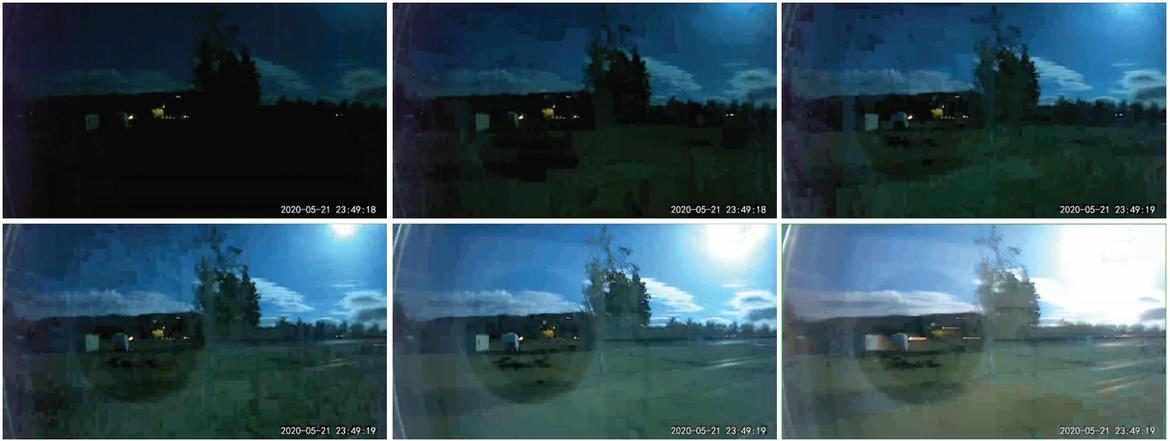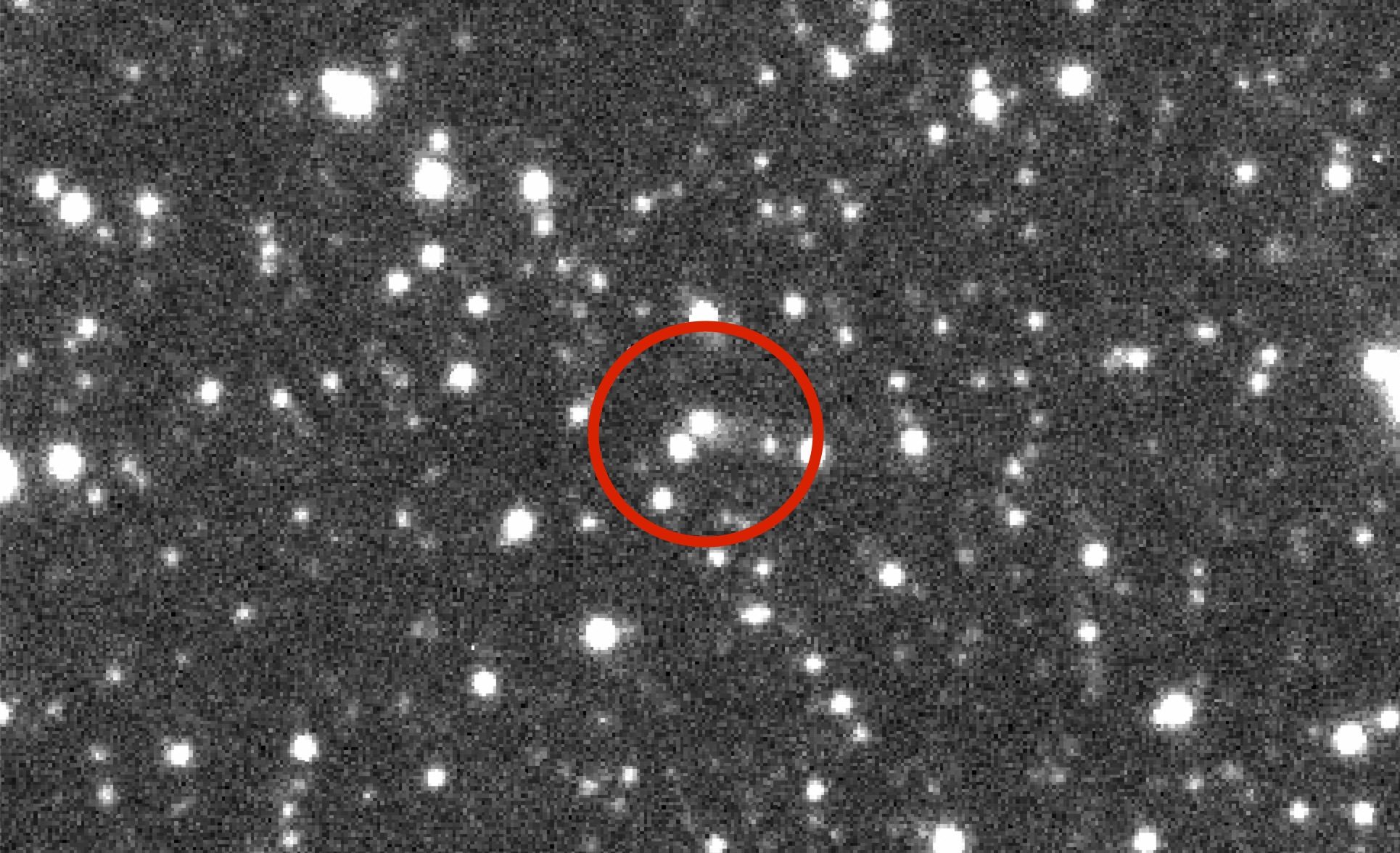
© CourtesyStills show a flash of light believed to be a meteor or space debris passing over the sky in Spokane Thursday night.
A bright flash of light caught on many Spokane security cameras Thursday night was likely a small meteor or fireball, area astronomers say.
The flashes of light, seen by many locals and captured on many dash and front-door cameras, occurred just before midnight Thursday. Videos posted on the American Meteor Society's
website show it disappearing after a few seconds.
David Syphers, an astronomy professor at Eastern Washington University, said Thursday night's meteor was not something area astronomers could predict because it was likely never a part of a comet.
Meteor showers are created when Earth passes through the path of a comet and debris is caught in the earth's gravity field and enters the atmosphere. The next meteor shower, called the Perseids, will occur from mid July to late August, according to NASA's website. It occurs when the Earth passes through leftover particles from the Swift-Tuttle comet.
When a single meteor falls, it is usually either man-made debris from space, such as a satellite, or rock and ice from an asteroid.


Comment: Earlier this month another meteor fireball was filmed over Washington state. It produced a "huge boom that shook the house," according to one witness.